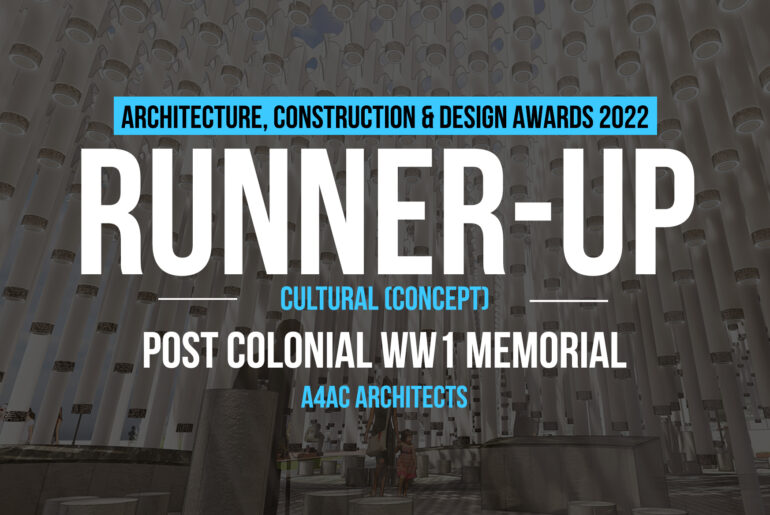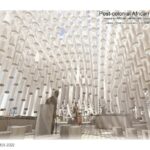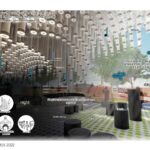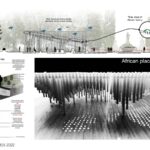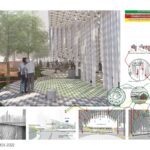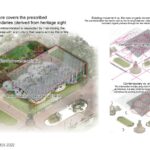As per brief from Commonwealth War Graves Commission:
- The memorial is a redress project, designed to commemorate honoring Black South Africans who lost their lives in the First World War by way of an interactive memorial.
- The memorial should name 2,500 people who have been and will continue to be identified.
- The memorial should reflect on the historical injustices/ prejudices of war commemoration.
- The memorial should engage meaningfully with the existing Delville Wood Memorial Garden and monuments, and their own role in such commemorative politics.
- The memorial should provide an opportunity for reflection and contemplation within the context of an important, historical public garden.
Architecture, Construction & Design Awards 2022
Second Award | Cultural (Concept)
Project Name: Post Colonial WW1 memorial
Project Category: Cultural – Concept
Studio Name: A4AC Architects
Design Team: Dirk Coetser, Taswald Pillay, Dalu Dube, Rudolf Swanepoel
Area: 900sqm
Year: 2022
Location: Cape-Town, South-Africa, Company Gardens
Consultants: QS- Antonie Homman, Structural engineer: Ashley Fransman
Photography Credits: A4AC Architects
Other Credits: NA

The new proposed memorial, which is the subject of this challenge, is to honor Black South Africans who lost their lives in the First World War. These are mostly service men who formed part of labor units during the war and who are believed to be buried in South Africa, elsewhere in Africa and at sea. These men have never been commemorated before in any way. Why do people leave the continent to fight a war in far off lands? It should consider the context of war, it’s memorialization then and now. Memorials often reflect political power and the social construct of the time of their commission. As these change over time, so will new memorials reflect new ideas, design thinking and/ or power relations. Therefore, space and time as two important design considerations, are key to the design challenge presented as part of the competition.

The location of the new memorial, within the Company’s Garden, is socially, physically and historically layered, and in a state of continuous contestation. Today, its landscape and memorials largely reflect the views and ideals associated with the dominant groups from the colonial period to the present day. A clear and dominant spatial arrangement exists, which is representative of the relatively long and complex history of the Gardens. The new memorial, while reflecting contemporary values, will be set within a landscape intrinsically linked to South Africa’s past and international connections. The designers should explore the opportunities presented by this juxtaposition – and as such, thoughtful innovation is encouraged and in fact required. These should be conveyed with analytical drawings and references to local and international debate as part of the submission.

While united as memorials to those that died in service in the First World War, the two memorials (existing and proposed) differ in the social values of their time and the people they represent or memorialize. The new memorial is not a detached memorial, but a contemporary one, forming part of a larger memorial landscape, sharing a related past but distanced from each other in time and in values. There is an opportunity for the new memorial to challenge the context in which it is set and promote a more inclusive and more contextual approach to memorialization that resonates locally and internationally.

